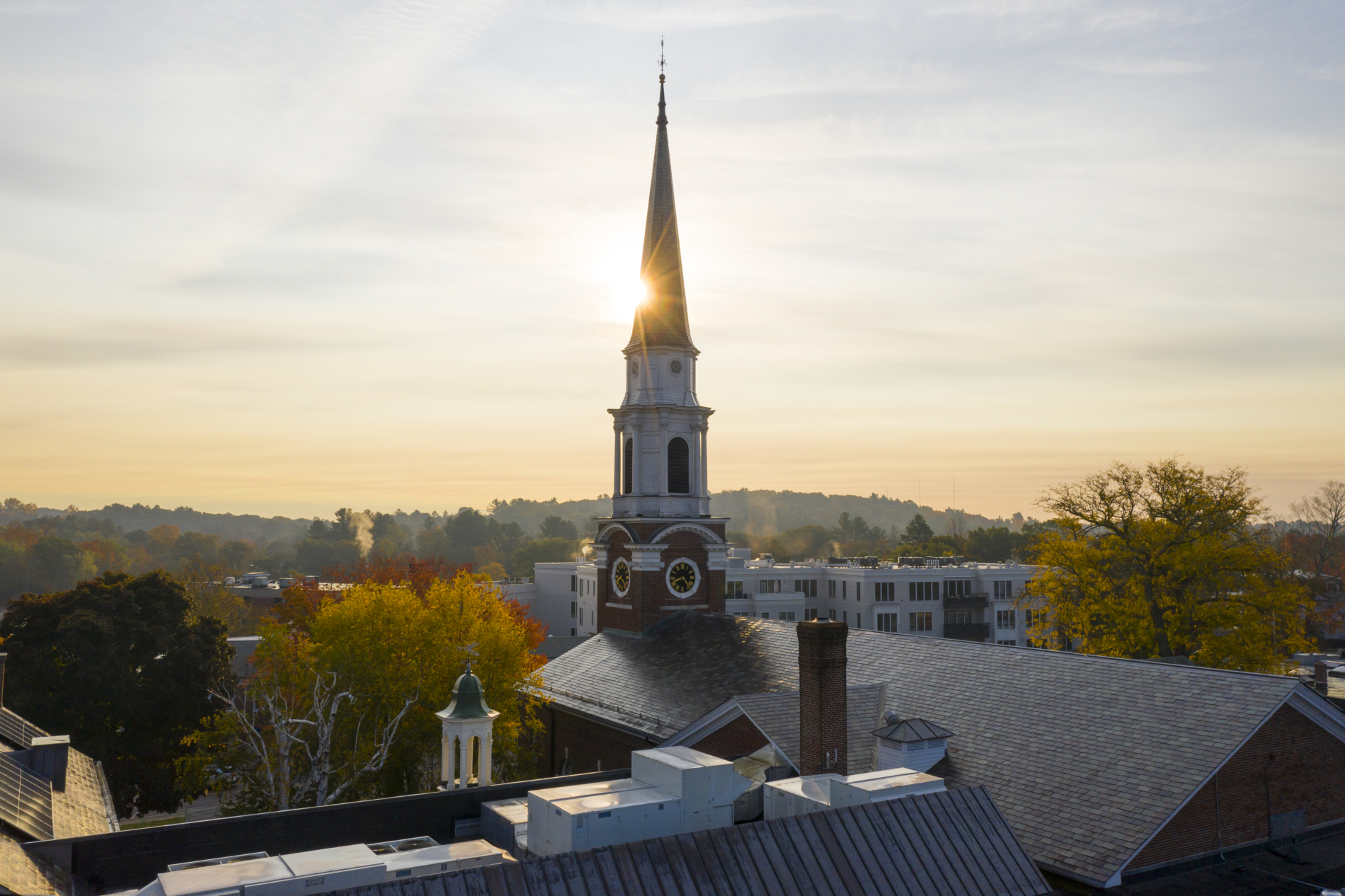
News
Beginning and Beginning Again by Church Historian, Bradford Harding
February 4, 2025
Last May, following worship in the Weston sanctuary, and when the new relationship between our two churches was growing after an historic vote to “merge” Wellesley (Village) Congregational Church, and the Congregational Church of Weston (CCW), one person who knew that my parents were among the founders of CCW, asked me what they would think about all that has happened in the first five, now almost six, years of discernment I said, “I’m not sure;” a cover for my reluctance to speak for them. As a couple, my dad was the quiet one. Mother, by contrast, was not. She had no problem sharing her views on anything and among all her advice and expectations, she had taught me to “speak for yourself”. Now, after nine months, I will chance her scolding and tell you this:
Sixty-five years ago, my parents joined a collection of earnest and faithful souls who must have felt some mystery, certain doubts, and yet a sense of wonder about where their spiritual intrepidness would take them. After an initial Vesper service in October 1959, they discovered the extent of hard work ahead, and that it would continue indefinitely. Ordained pastors gave them practical help and also urged them to count on the Holy Spirit – that’s what good pastors do. But would that be enough?
Apparently, it was, for there was growth in every way. Worship attendance increased. So did stewardship. Mostly, though, even through my immature eyes, I saw a loving faith community develop where it had not existed before. Far beyond any numbers, it became a church of outsized spiritual depth.
I believe my parents, among many of the other members of CCW, would be very enthusiastic about the joining of our two churches. They might say, “we began once, surely, we all can begin again”. They would recognize the same sense of mystery and doubt. They would also smile with understanding over the many hurdles that have been in the path these past months. I also believe my mother would describe the vote last February to be a “marriage ceremony”, when Weston chose Wellesley and Wellesley chose Weston. She would make that distinction, and I can hear her say the same thing she told me just before I married Linda Andresen: “It is sacred and likely to last if it is loving and honest and faithful.” And my parents would also attend worship in both churches, though perhaps not every Sunday.
An added note:
Early in 2020, the one challenge common to both the Weston and Wellesley congregations was how to carry on within a COVID pandemic – people gathering together for worship was not the way to stay healthy. Other than that, a casual look at both churches would have found them to be remarkably different. Wellesley was just coming to grips with a heating system that was in tough shape. Shrinking active attendance in Weston provoked the question of whether it should simply close.
Yet, with a peek beneath the surface one would see that each church, in its own way, was seeking to understand its mission for the future. Deep spiritual richness in both congregations empowered smart minds to look beyond the horizon, pondering the intent of the Holy Spirit, which, after all, seldom reveals itself ahead of time. A gathered committee with superb ordained guidance, quickly took stock of contrasting assets that complemented each other: Wellesley was in a center of town with a large, colonial building and a burying ground outside; Weston was in the woods with a quiet natural setting and a parking lot. Additionally, its parsonage would be a huge benefit to the Pastoral Residency program that could continue to thrive and serve in both churches. Worship services in each would have the same scriptural message, but the thoughts and feelings they would inspire would reach a wider variety of hearts and minds. And, in terms of future mission, the possible scope and breadth would expand as both churches saw a new relationship together. Connecting with other religious faiths, so important in an evolving world, was high on the list. Those of us in both congregations quickly saw that to join together brought on a lot of hard and complicated work, not unlike what new members felt at the time when each congregation was born.
The historic records of the Wellesley and Weston Congregational Churches show clearly that times were far different when each church was established. That is no surprise. However, if Sybel Stevens or Samuel Hunting, new members in 1798, or Bob Bogardus or Lucy Miller, founders in 1960, and any in their respective cohorts could be among us now, they might well say, “This seems a lot like how we began.”
Hence, one year on, we are beginning again.
Bradford Harding, Village Church Historian
February 4, 2025